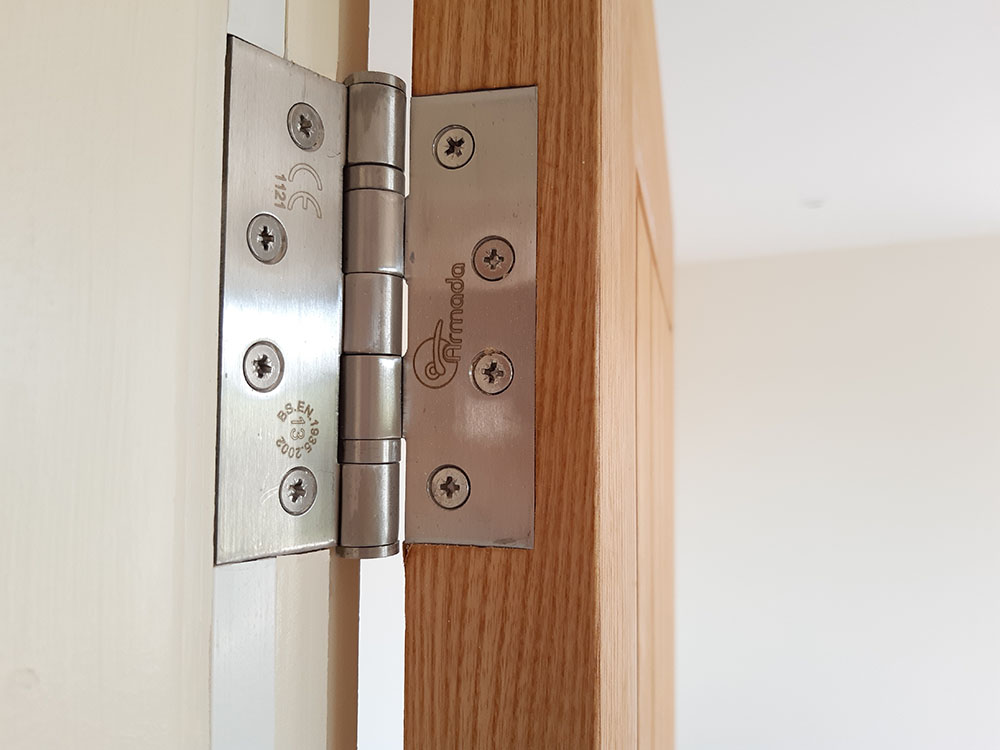What’s the difference between the Classroom and Anti Barricade functions on a lock cylinder?
What’s the difference between the Classroom and Anti Barricade functions on a lock cylinder? Classroom Function and Anti Barricade Function are two upgrades available on the cylinders that we supply. Both are specialist options for different scenarios but it can be easy to get them confused. Here we set out the differences and when you […]
Read more
